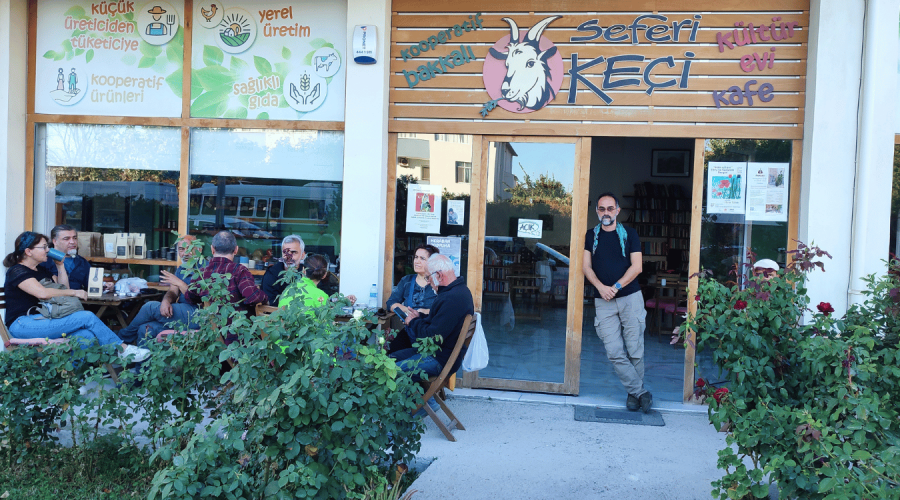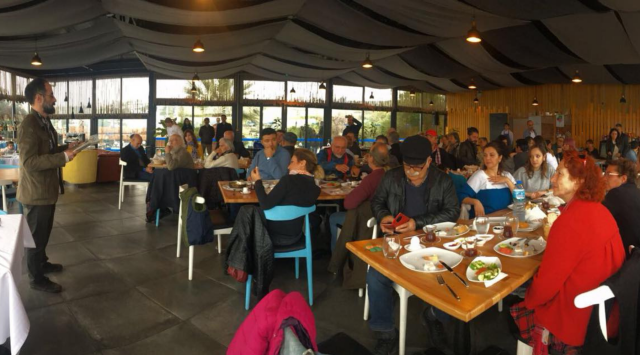A visit to the Guardian convinced magazine founder Baha Okar that a close and interactive relationship with readers is the key to success.
When I received an invitation to visit the Guardian for The Guardian Foundation’s “knowledge exchange” programme among journalists, I must admit I was a bit anxious. As a journalist publishing a local magazine in a small town in Turkey, I wondered whether I could really benefit from the experiences of the Guardian, a well-established and institutional media organisation that operates on a national, and even international, scale. After all, in terms of scale, resources, and the challenges we face, the Guardian and my magazine are quite different. You're all familiar with the Guardian of course, but let me introduce myself first.
I have been publishing a magazine on culture and life for more than five years in Seferihisar, a small town in Izmir, one of Turkey’s major cities. When I say culture, I mean something broader in concept than an entertainment-oriented publication: I mean the elements of our community that are unique and passed on to future generations. When I say life, I don’t mean a light “lifestyle” magazine that focuses on where to eat and have fun, but rather a magazine that covers all aspects of daily life with its problems.
When you define culture and life in this broad sense, Seferihisar offers a rich variety of stories for a journalist. The town’s population has more than doubled in 10 years. While it was once an agricultural area producing mostly tangerines and olives, apartment buildings have now risen in place of tangerine groves. Its many newcomers have helped it evolve from having a closed-off and stagnant society to becoming more cosmopolitan. As a result of this transformation, its traditional culture has been compelled to change too, which has brought both positive and negative consequences. There are so many conflicts and stories to report on…



